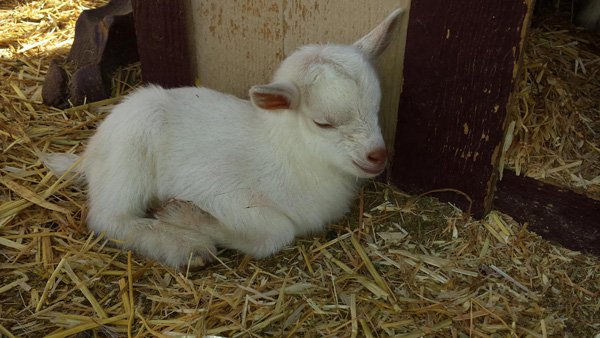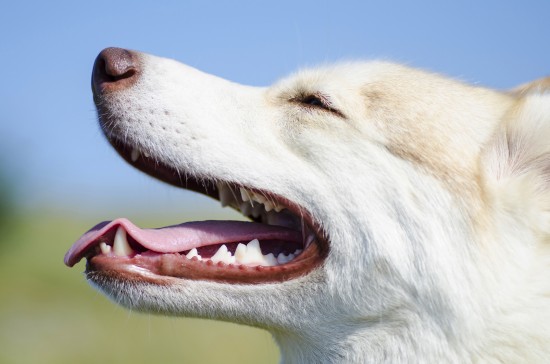
Do you ever find you are asking people these sort of questions? “How do you get your dog to sit when you tell him?”, or “My dog won’t walk to heel like yours, how on earth do you manage that level of obedience from your dog?”, or do you find yourself noticing that other dogs go to their owners when they are called, but yours just stays where it is? Does this all sound familiar? If it does, you and your dog need to invest some time into a little bit of basic dog training.
Starting to train your dog from a young age is crucial, as the first few months of his life is when you will have the greatest influence on him – this is where he is shaped into the dog he is going to be when he is all grown up. Although it is possible to train an older dog, perhaps one that you have acquired from an animal shelter, it does require a lot more patience and is handled slightly differently.
The first basic dog training that your dog absolutely must have, is to be taught how to sit and to come to you when you call him. It is essential that your dog learns these dog training basics. You will use these two commands for many different reasons – if your dog jumps up at you, or at someone else an obeyed command to sit will soon get him off. Knowing that your pet dog will come to you when called is the most important basic training that your dog needs to learn. If you take your dog for a walk, and let him off the leash, you will expect him to come back to you, not run around the park with you chasing after him shouting at him like a banshee. That would just be highly embarrassing, not to mention dangerous.
To teach your dog how to come to you when called, requires only the most basic of techniques but like most of the basic dog training, it does involve lots of repetition. The easiest way to get your dog to come to you, is to have a favourite toy in one hand and a dog treat in the other. When you are in the house simply walk away from your dog, hold out the toy and call him to you in an excited voice, your dog with naturally want to know what all the fuss is about, and then when he comes over to investigate, give him a treat. You must always ensure that you using exactly the same command each time you call your dog to come to you, otherwise he will just not learn. If you are able to use this technique several times a day, you will find that your dog will learn the basic command to come to you when called quite quickly, and is a great way to teach your dog. Do remember to have lots of long breaks so he doesn’t get bored and stop enjoying it, and don’t forget the treats!
The next basic command in Dog Training, is to get him to sit, and this generally proves to be slightly more difficult, but again, as with the command to come to you, it only requires basic dog training. So once you have both mastered him coming back to you when called, you are ready to proceed to the next stage in basic dog training.
To start your dog being trained to sit on command, call him to you (remembering to use the command he has learnt) and place your hand on the end of his back and say “sit” in a very matter of fact voice, at the same time you should gently push down on his backside. When he sits on his bottom you give him a treat and just as importantly, also give him a lot of praise. If you want him to sit for a longer period, just delay giving him the treat and the praise, so get him to sit but take your time bending down to him and feeding him his treat. As with the training to come to you, this will need lots of repetition and praise, but your dog will learn with enough practise.
Basic dog training is really quite simple and it is very effective. It should also be fun for you and your dog – you don’t have to spend hours and hours each day on this, just 5 – 10 minutes or so, and you will be surprised at how much, and how quickly your dog will learn.
Please feel free to use this article, as long as the author name and the resource box details are left untouched, with the links all working.
For further articles about dogs and pets in general visit http://www.petinformationsite.com/Training.html
 Im Not Buying This! Mr Hale Said I Should Join Up So,,,
here goes,
Clancy is a friend of mine who writes here
Im Not Buying This! Mr Hale Said I Should Join Up So,,,
here goes,
Clancy is a friend of mine who writes here
 Best House Rabbit Breeds On The Planet
Best House Rabbit
Best House Rabbit Breeds On The Planet
Best House Rabbit
 Dog Daycare Isn't for Everyone
Dog Daycare Isn't for Everyone
Even thoug
Dog Daycare Isn't for Everyone
Dog Daycare Isn't for Everyone
Even thoug
 Five Pedigree Cats With Siamese Origins
Five Pedigree Cat
Five Pedigree Cats With Siamese Origins
Five Pedigree Cat
 Preventing Secondary Issues That Can Be Caused By Dental Disease In The Dog
Preventing Second
Preventing Secondary Issues That Can Be Caused By Dental Disease In The Dog
Preventing Second
Copyright © 2005-2016 Pet Information All Rights Reserved
Contact us: www162date@outlook.com